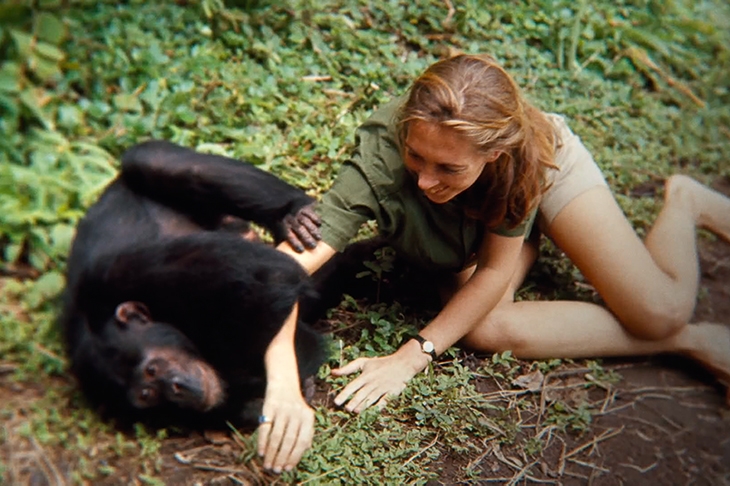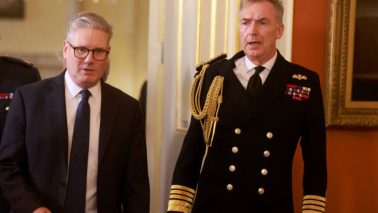There are times when our national passion for cutting people down to size is a little tiring. I left Brett Morgen’s new documentary about Jane Goodall, the chimpanzee expert, in a rare flush of excited enthusiasm. ‘You’ve got to see it!’ I said to everyone. Most replied along these lines: ‘Goodall, didn’t she turn out to be a fraud?’ Or: ‘Wasn’t it all Leakey’s work she took credit for?’
‘Yeah, what’s with that?’ says Brett Morgen hunched over his toast in a very hipster Soho hotel. ‘In the Times of London today, in the review, it says Jane can’t hold a candle to David Attenborough. I’m like, he’s a fucking TV presenter! Jane’s contribution to humankind… I don’t even know how to measure it! What woman of the past 100 years could she be measured against?’
We both shake our heads in disbelief. But Morgen’s right: Jane was and is remarkable. In the summer of 1960, just 26, she went off to live in the Gombe Stream National Park, Tanzania. She took her mother and a boat-load of supplies, and set about winning the trust of the Kasakela chimps. Louis Leakey, the great Kenyan paleoanthropologist, gave her the opportunity but Jane made the great discoveries. She became accepted by the Gombe gang, saw chimps use tools for the first time. Her work redefined both their species and ours.
Jane (now 83) is exceptional and this National Geographic film is exceptional, too — worthy of her, and worthy of an Oscar too, I’d say. It’s just utterly unlike any other wildlife documentary or biopic.
The movie has its genesis in a discovery: boxes and boxes of previously unseen footage of Goodall in the Gombe taken by the young wildlife photographer Hugo van Lawick.









Comments
Join the debate for just £1 a month
Be part of the conversation with other Spectator readers by getting your first three months for £3.
UNLOCK ACCESS Just £1 a monthAlready a subscriber? Log in